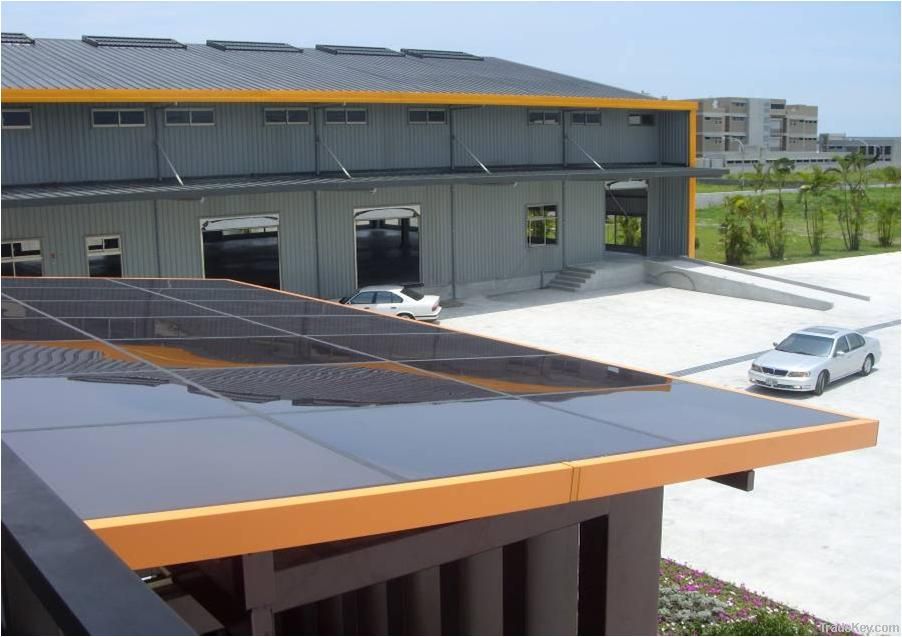Building Integrated Photovoltaics (BIPV) involves integrating solar panels seamlessly into building structures, such as roofs, facades, or windows. This integration places certain special requirements on solar panel components to ensure both effective energy generation and harmonious architectural integration.
- Aesthetic Considerations:
- BIPV systems often require solar panels to have an aesthetically pleasing design, as they become an integral part of the building’s architecture. This may involve customizable shapes, colors, or transparency features.
- Flexibility and Customization:
- BIPV systems may need solar panels that can be customized to fit specific architectural designs and shapes. Flexible or adaptable solar panel materials may be required to integrate seamlessly into curved surfaces or non-standard building structures.
- Transparency:
- In some BIPV applications, transparency is crucial. For example, in solar windows or glass facades, solar panels must allow visible light to pass through while still capturing sunlight for energy generation.
- Integration with Building Materials:
- Solar panels in BIPV applications should be designed to integrate well with other building materials, such as glass, steel, or concrete. Compatibility with different construction materials ensures a cohesive and structurally sound integration.
- Durability and Weather Resistance:
- BIPV solar panels must be durable and able to withstand the elements, including rain, wind, and temperature fluctuations. They should have appropriate weather-resistant coatings and be designed to meet or exceed building code standards.
- Weight Considerations:
- The weight of BIPV systems is a crucial factor, especially when integrated into roofs or facades. Solar panels for BIPV applications may need to be lightweight to avoid excessive structural loads.
- Electrical Safety:
- BIPV components should meet electrical safety standards to ensure the safety of the building occupants. This includes proper insulation, grounding, and protection against electrical faults.
- Ease of Installation:
- BIPV systems may require solar panels that are easy to install, especially when integrated into existing structures or during construction. Simplified installation processes can help reduce costs and time.
- Efficiency and Energy Output:
- While aesthetic considerations are important, BIPV systems must still provide a reasonable level of energy efficiency. Solar panels for BIPV applications should balance aesthetics with the ability to capture and convert sunlight into electricity effectively.
- Heat Management:
- BIPV systems may need features to manage heat effectively, especially when integrated into building surfaces that can absorb or reflect sunlight. Excessive heat can affect both the efficiency of solar panels and the comfort of the building.
Meeting these special requirements ensures that BIPV systems can contribute to both the energy efficiency and architectural design goals of a building. Manufacturers and designers working on BIPV projects need to collaborate to create solutions that address these unique considerations.


